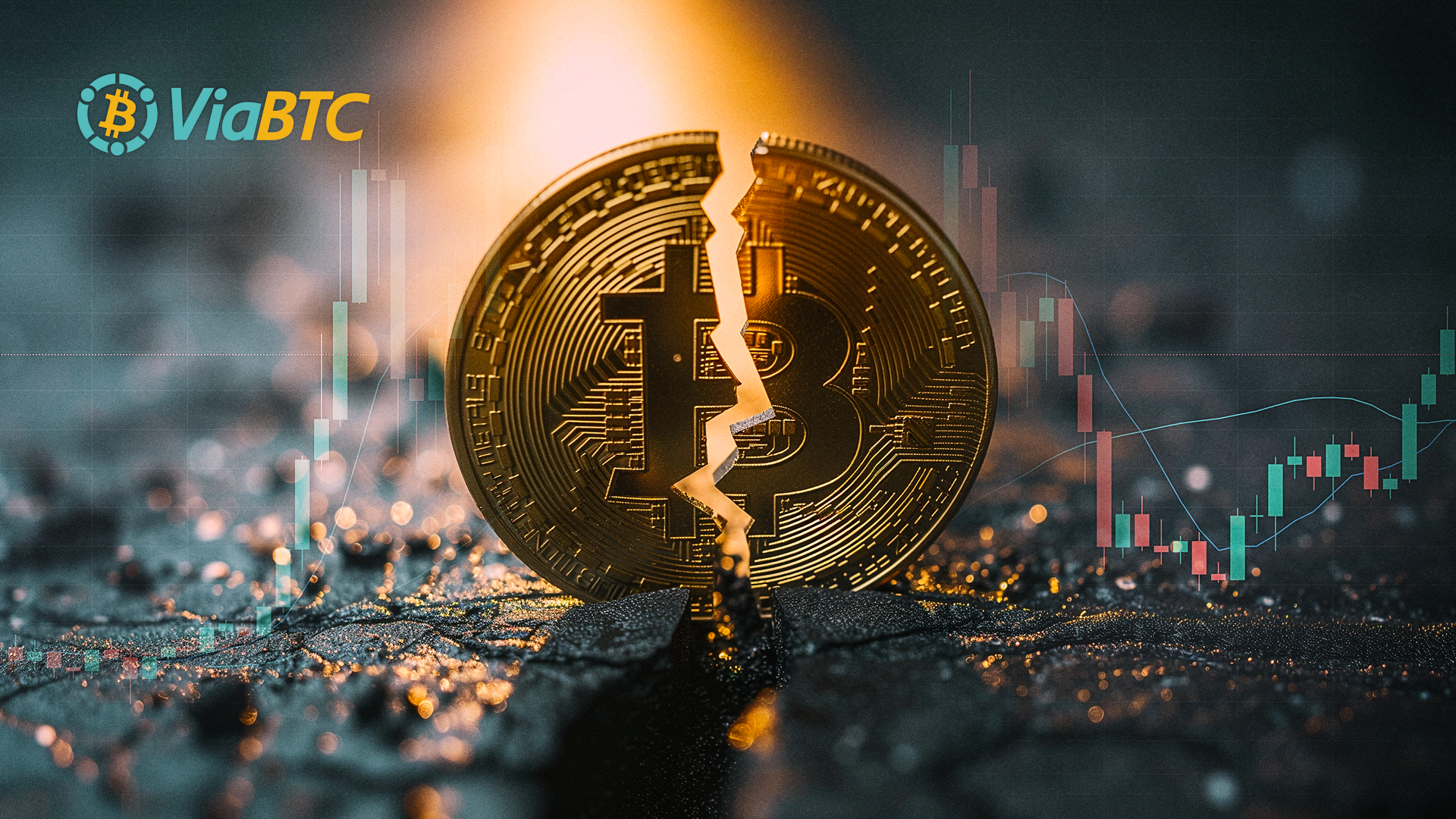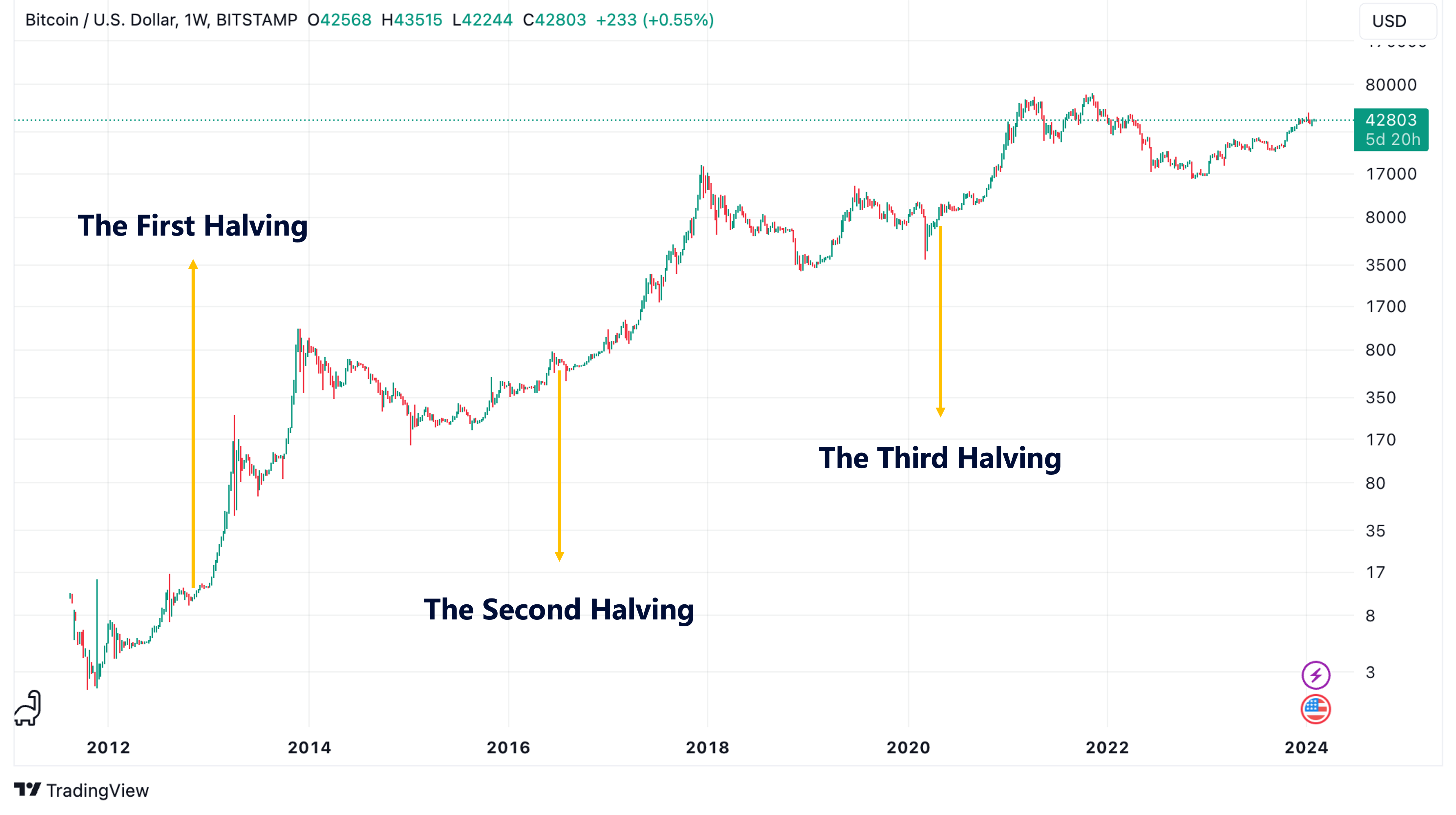Bitcoin is on the verge of its next halving, sparking widespread interest, particularly among investors and miners, who are, without a doubt, most concerned about Bitcoin's future price trajectory. Historical experiences from three previous halvings indicate that Bitcoin's price has significantly increased post-halving. This has led many investors to believe that Bitcoin's price will continue rising, reaching new heights after the upcoming halving.
This article seeks to objectively analyze the outcomes of Bitcoin's past three halvings and delve into the potential risks and opportunities presented by the forthcoming halving event, aiming to help miners make more informed decisions in the lead-up to the halving.

In our previous article, "Bitcoin Halving Date: A Crisis or an Opportunity?", we thoroughly examined the trends in computing power and price changes during previous halving cycles. These price surges are closely linked to Bitcoin's gradual breakthrough of market barriers.
At the time of the first halving, the Bitcoin community was relatively small, public awareness of cryptocurrencies was limited, network computing power was low, and consequently, mining costs were also lower. As a result, fueled by its initial breakthrough into mainstream awareness, Bitcoin's price soared nearly 100-fold within a year, crafting a new wealth myth.
By the second halving, Bitcoin had achieved wider recognition. This halving event drew increased attention, leading industry insiders to anticipate a positive price impact to offset the reduction in miners' rewards. This halving saw the price peak at a 40-fold increase.
The third halving captured global attention, with Bitcoin's price surpassing the ten thousand dollar milestone, intensifying focus on its future trajectory. Numerous investors and analysts sought to forecast Bitcoin's price direction post-halving. Within a year following this halving, Bitcoin achieved a historic high, climbing 7-fold from its price at the halving.

Data Source: TradingView
Despite the compelling narrative of the "halving effect" that bolsters faith in post-halving Bitcoin price surges, it's essential to acknowledge reality: as Bitcoin becomes more well-known, the scale of its price increases with each cycle is noticeably shrinking. From a 100-fold increase in the first cycle to 40-fold in the second and down to 7-fold in the third, the trend of diminishing returns, although still offering substantial profit potential compared to other financial assets, is undeniable.
Additionally, the duration from halving to achieving the cycle's price peak has lengthened, from 367 days following the first halving to 502 days after the second and 548 days after the third halving. Investors and miners looking forward to the post-halving price peak need to consider this elongation of the investment cycle in their strategies.
For miners, an essential factor to monitor is the breakeven price of mining operations, which directly influences the viability and profitability of mining activities.
The inaugural Bitcoin halving event occurred on November 28, 2012, when FPGA miners dominated the market, and ASIC miners were yet to gain popularity. However, shortly after the halving, in January 2013, the Avalon A1, the first ASIC miner boasting a unit power of about 8.3W/G, was introduced. At that juncture, the total network hashrate was under 30TH/s. With electricity costs pegged at $0.05 per kWh, the breakeven price for the Avalon A1 was just under $0.1, thereby imposing minimal economic strain on miners in the first halving.
By the 2016 halving, the Antminer S7 had emerged as the market’s darling, featuring a unit power of 274.46W/T and pushing the network hashrate to approximately 1.6EH/s. Under identical electricity costs, the breakeven price climbed to $293 against a halving cycle trough price of $465, compelling many outdated mining rigs to cease operations due to prohibitive costs.
The 2020 halving saw the S19 Pro leading in energy efficiency at the time, with a unit power usage of 29.54W/T and a network hashrate nearing 100EH/s. Its breakeven price soared to nearly $4000 at the same electricity rate. Concurrently, Bitcoin's price dipped to a pre-halving low of $3850 a month before the event, sparking widespread concerns about operational shutdowns. Notably, the Antminer S9, once a unit power with a 77W/T energy consumption, was forced to shut when Bitcoin's market price fell below $10000.
Looking ahead to the fourth halving, the breakeven price for the Whatsminer M63S is anticipated to hover around $27000, while that of the Antminer S19 Pro could reach $44000. This scenario suggests that efficient miners like the S19 Pro may confront shutdown pressures if post-halving prices stabilize at current levels.
Despite widespread optimism surrounding Bitcoin halving, apprehensions about the diminishing returns of the four-year cycle and potential caps on price surges persist among investors and miners. In response, numerous miners are preemptively upgrading to newer models or relocating to regions with cheaper electricity, such as the Middle East and South America, to safeguard post-halving profitability. The comprehensive global mining pool ViaBTC has introduced a dedicated bitcoin halving webpage to support miners through the countdown to this pivotal event.
*Disclaimer: The content provided herein is for informational purposes only and should not be construed as investment advice.